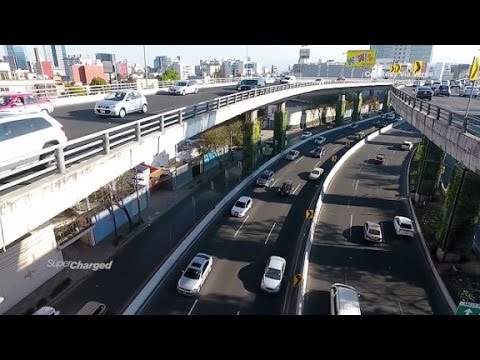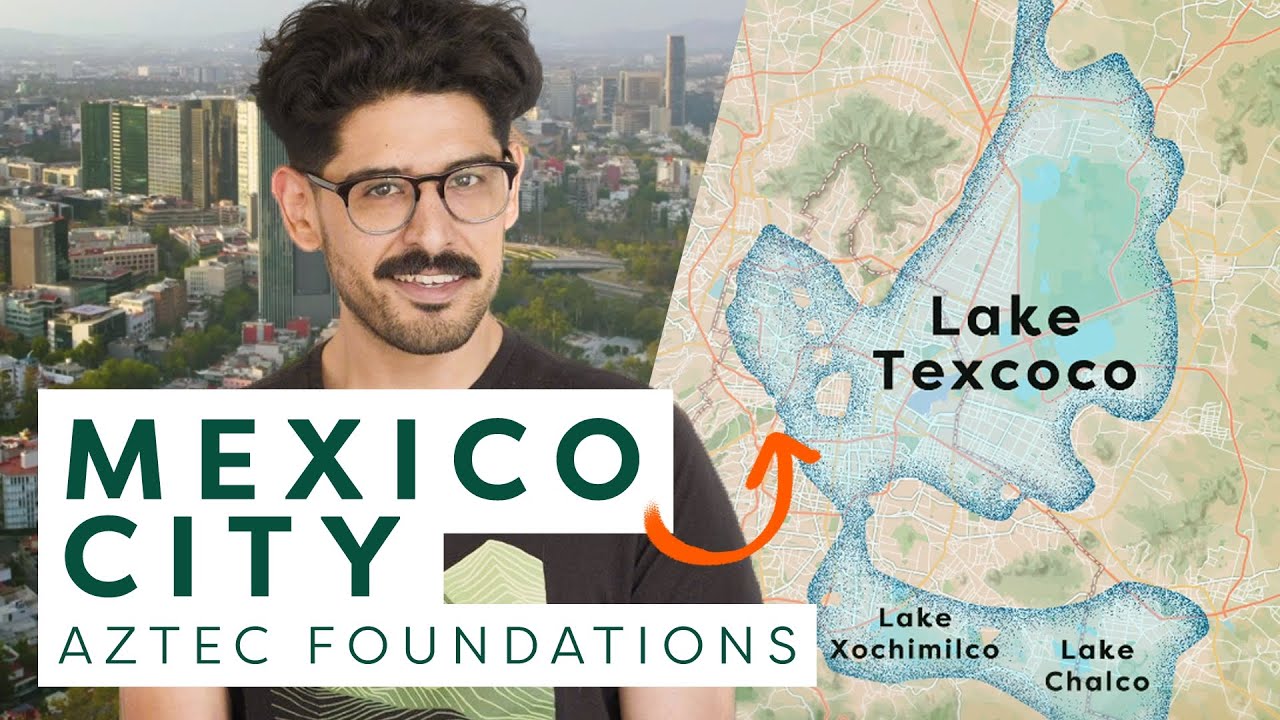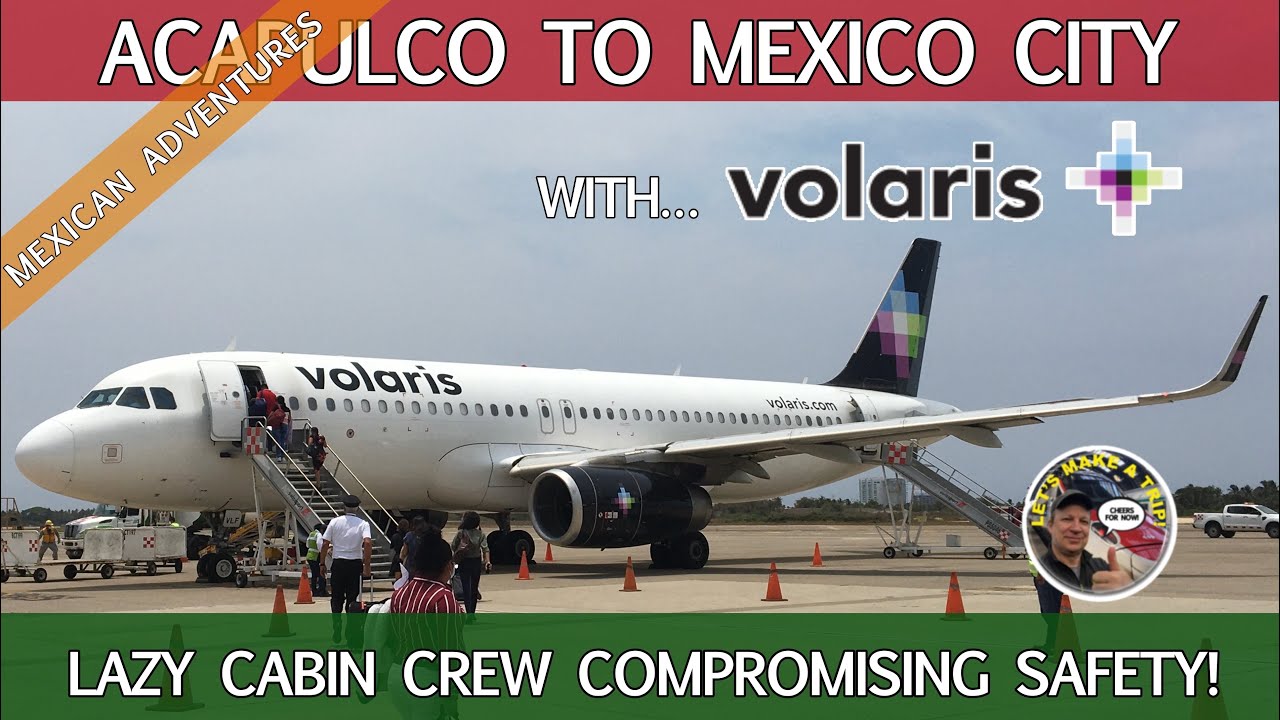Understanding Mexico City’s Environmental Challenges
Mexico City, a vibrant hub of culture, history, and modernity, grapples with a range of environmental challenges that are both complex and severe. These issues not only undermine the overall quality of life for its inhabitants but also pose significant threats to its rich biodiversity. Among the most pressing environmental concerns are air pollution, water scarcity, and solid waste management. These challenges are exacerbated by the city’s unique geographical location, high population density, and rapidly changing climate.
Air pollution in Mexico City has been a notorious problem for decades, largely due to vehicle emissions and industrial activities. The city’s geographical bowl-like setting, surrounded by mountains, further traps pollutants, leading to severe air quality issues. Efforts to combat this include the implementation of the Hoy No Circula program, which restricts vehicle mobility based on license plate numbers, and the expansion of public transportation systems. Despite these measures, air quality often remains at unhealthy levels, particularly during the winter months when temperature inversions are common.
Water scarcity presents another critical challenge for Mexico City. The city relies heavily on over-extracted aquifers and a limited number of far-reaching water systems that bring water from distant sources. This situation is perilous, leading to subsidence and affecting the structural integrity of buildings. To address this, rainwater harvesting and wastewater recycling projects have been initiated, but the scale of the problem requires a more comprehensive approach.
The issue of solid waste management is compounded by the city’s immense population, generating thousands of tons of waste daily. While efforts to recycle and manage solid waste have improved, the city’s landfills are quickly reaching their capacity. Innovative waste-to-energy projects and community recycling programs are being explored as potential solutions, but public engagement and education on waste reduction and segregation are crucial for long-term effectiveness.
Understanding these environmental challenges is the first step towards creating sustainable solutions that will ultimately ensure the preservation of Mexico City’s rich cultural heritage and the wellbeing of its citizens. Moving forward, it will require the collective effort of government, private sectors, and the community to implement and adhere to more sustainable practices.
The Air Pollution Crisis in Mexico City
Mexico City, a sprawling urban hub steeped in history and culture, faces a significant environmental challenge: air pollution. This metropolis, one of the world’s largest, grapples with pollution levels that often exceed international health guidelines, affecting millions of residents and visitors alike. A combination of geographical settings, vehicular emissions, and industrial activities has contributed to the city’s air quality issues.
The geographical basin in which Mexico City lies plays a pivotal role in trapping pollutants. Surrounded by mountains, the city’s layout limits the dispersion of air pollutants, causing them to accumulate over the area. This natural bowl-like setting, coupled with the city’s high altitude, intensifies the effects of air pollution on human health. Respiratory issues, cardiovascular diseases, and exacerbated asthma cases are more prevalent among the population due to the compromised air quality.
Efforts to combat this crisis have been varied and ongoing. The government has implemented measures such as the “Hoy No Circula” program, which restricts vehicular movement based on license plate numbers to reduce emissions. Additionally, investment in public transportation and the promotion of cycling and walking as alternative modes of transport aim to decrease the reliance on cars. Although these initiatives have made progress in improving air quality, challenges remain. Further actions are necessary to ensure a sustainable and healthy future for Mexico City and its inhabitants, highlighting the importance of continued environmental advocacy and policy reform.
Water Scarcity: A Pressing Issue for Mexico City
Mexico City, a sprawling urban expanse, is grappling with a profound challenge that directly impacts both its residents and visitors: water scarcity. This issue is central to discussions on sustainability, urban planning, and quality of life in the city. Notably, despite being situated in a region that receives a significant amount of rainfall, Mexico City’s unique geography and high population density converge to create conditions where water is not as abundantly available as one might expect.
The city’s water woes stem from a combination of factors. Its location on a high-altitude plateau means that most of its water must be pumped from considerable distances, a process that is both energy-intensive and costly. Additionally, the city is sinking due to the excessive extraction of groundwater, exacerbating the problem by damaging the infrastructure that is critical for water distribution. This has led to a paradoxical situation where some areas suffer from flooding while others experience severe drought.
Efforts to address the water scarcity issue are multifaceted. The government and various organizations are working to improve water conservation practices, repair aged infrastructure, and implement new technologies for water reclamation and rainwater harvesting. These initiatives aim to mitigate the impact of water scarcity, but they face significant challenges in terms of funding, public awareness, and the sheer scale of the infrastructure that requires modernization.
For travelers, the water scarcity issue in Mexico City manifests in various ways, from the quality of tap water being not suitable for drinking to periodic shortages in certain neighborhoods. Visitors are encouraged to stay informed about the situation, practice water conservation during their stay, and support local businesses and communities that are implementing sustainable practices related to water usage. Understanding the context of water scarcity is crucial for anyone looking to explore Mexico City, as it sheds light on the broader challenges facing this vibrant metropolis.
The Battle Against Mexico City’s Urban Heat Island Effect
Mexico City, a bustling metropolis home to over 21 million people, is grappling with an escalating urban heat island effect. This phenomenon, where urban areas become significantly warmer than their rural surroundings due to human activities, is profoundly evident in Mexico’s capital. The dense population, sprawling concrete infrastructure, and scant green spaces accelerate the city’s temperatures, impacting the well-being of its residents and the influx of tourists seeking its rich cultural experiences.
Efforts to mitigate this heating impact are multifaceted, involving government bodies, local communities, and international organizations. One of the key strategies is the augmentation of green spaces within the city. Parks, green roofs, and vertical gardens are becoming increasingly common sights, acting as natural coolants by absorbing carbon dioxide and releasing oxygen. This initiative not only aims at reducing temperatures but also at enhancing the city’s aesthetic appeal, making it a more inviting destination for adventure enthusiasts.
Another pivotal approach in the battle against the heat island effect is the promotion of sustainable urban planning. The city has initiated projects focused on improving public transportation to reduce vehicle emissions, one of the primary contributors to urban heat. Additionally, the introduction of eco-friendly materials in road and building construction reflects sunlight and absorbs less heat, contributing significantly to lowering urban temperatures.
Community engagement plays a crucial role in these initiatives. Awareness campaigns and educational programs aim to enlighten residents and visitors about the importance of sustainable practices such as recycling, tree planting, and conservation of water resources. By fostering a collective responsibility towards the environment, Mexico City is slowly but steadily changing its narrative from a heat-stressed metropolis to a leading example of urban sustainability. The journey is ongoing, with every small step contributing to a cooler, greener, and more resilient city, preserving its vibrancy for future generations of adventurers.
Waste Management Struggles in Mexico City
Mexico City, one of the most populated cities in the world, faces significant challenges in managing the massive amounts of waste generated by its inhabitants and the influx of tourists seeking adventure and cultural experiences. The city’s struggle with waste management is multifaceted, involving issues related to collection, recycling, landfill overuse, and public engagement.
Firstly, the sheer volume of waste produced daily in Mexico City is overwhelming. With millions of residents and countless visitors, the amount of waste collected each day is staggering, putting immense pressure on both the city’s infrastructure and its waste management systems. Collection services often fall short of covering all areas effectively, leading to uncollected waste in some neighborhoods, which can cause health risks and detract from the city’s beauty.
Recycling practices in Mexico City are also in need of significant improvement. While there are systems in place for separating recyclables, the lack of widespread public awareness and participation hampers the effectiveness of these efforts. Moreover, there are limited facilities capable of processing the recyclable materials collected, which means that much of the potential to reuse and recycle is lost, further exacerbating the city’s waste management woes.
Landfill overuse is another critical concern. The city’s landfills are nearing capacity, yet the continuous flow of waste necessitates finding new spaces for disposal. This has led to environmental degradation in areas surrounding Mexico City, as the search for new landfill sites encroaches on natural habitats and green spaces. The reliance on landfills as the primary method of waste disposal is unsustainable and calls for innovative solutions to waste reduction and management.
Finally, public engagement and behavior play a pivotal role in addressing the waste management challenges in Mexico City. Encouraging residents and visitors alike to adopt more sustainable practices, such as reducing waste, recycling more, and participating in community clean-up efforts, is crucial. By fostering a culture of environmental responsibility, Mexico City can make strides toward alleviating the pressures on its waste management systems and preserving its enchanting environment for future generations of adventurers and explorers.
Protecting Biodiversity Amidst Urban Expansion in Mexico City
In the sprawling metropolis of Mexico City, a city known for its vibrant culture and rich history, a silent but crucial battle is being fought to protect biodiversity. As urban expansion continues at a relentless pace, the natural spaces within and around the city face increasing threats. These areas are not only vital for the well-being of countless species but also for the environmental health of the city itself. Efforts to conserve these green spaces amidst the urban landscape are more critical now than ever.
One of the primary strategies in safeguarding Mexico City’s biodiversity is the creation and expansion of protected areas. These zones serve as sanctuaries for wildlife and native plants, offering a refuge from the encroachment of urban development. Additionally, these areas provide essential services to the city, such as air and water purification, which are indispensable for maintaining the city’s environmental balance. Through careful planning and community cooperation, these protected spaces aim to preserve the natural heritage of the region for future generations.
Education and community involvement stand at the forefront of conservation efforts. By raising awareness about the importance of biodiversity, Mexico City aims to cultivate a sense of stewardship among its residents. Programs designed to engage the community in environmental protection activities encourage individuals to take an active role in conservation. This not only includes participation in local clean-up and tree-planting projects but also in promoting sustainable living practices that reduce the overall impact on the environment.
Research and monitoring play a pivotal role in protecting biodiversity in Mexico City. Scientists and environmentalists work tirelessly to study the ecosystem, identifying critical areas in need of protection and monitoring the health of the city’s natural habitats. Data collected from these endeavors inform policy decisions and conservation strategies, ensuring that efforts to combat the effects of urban expansion are grounded in scientific evidence. Through a combination of protected areas, community involvement, and ongoing research, Mexico City is making strides towards preserving its unique and diverse biological landscape despite the challenges of urban growth.


